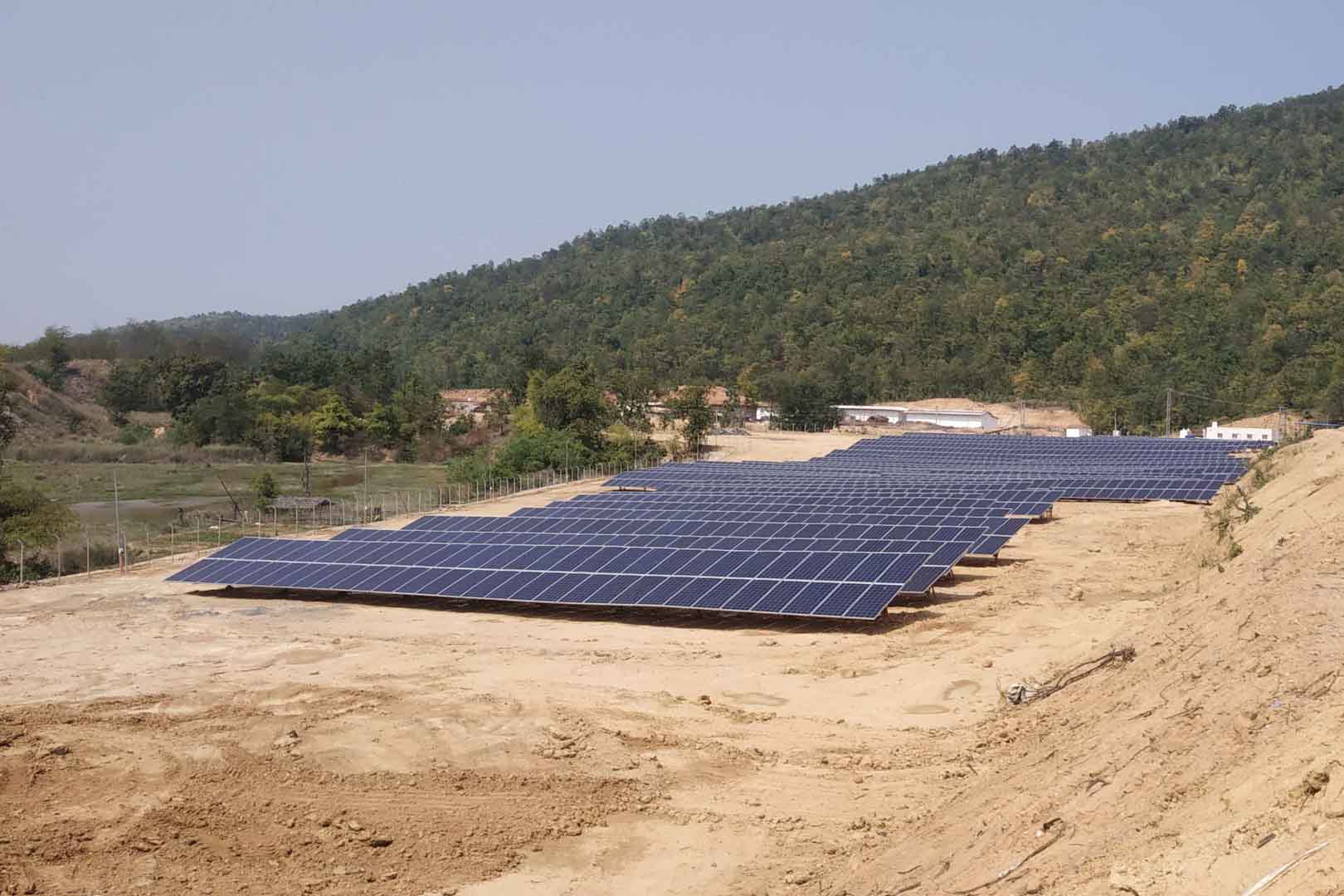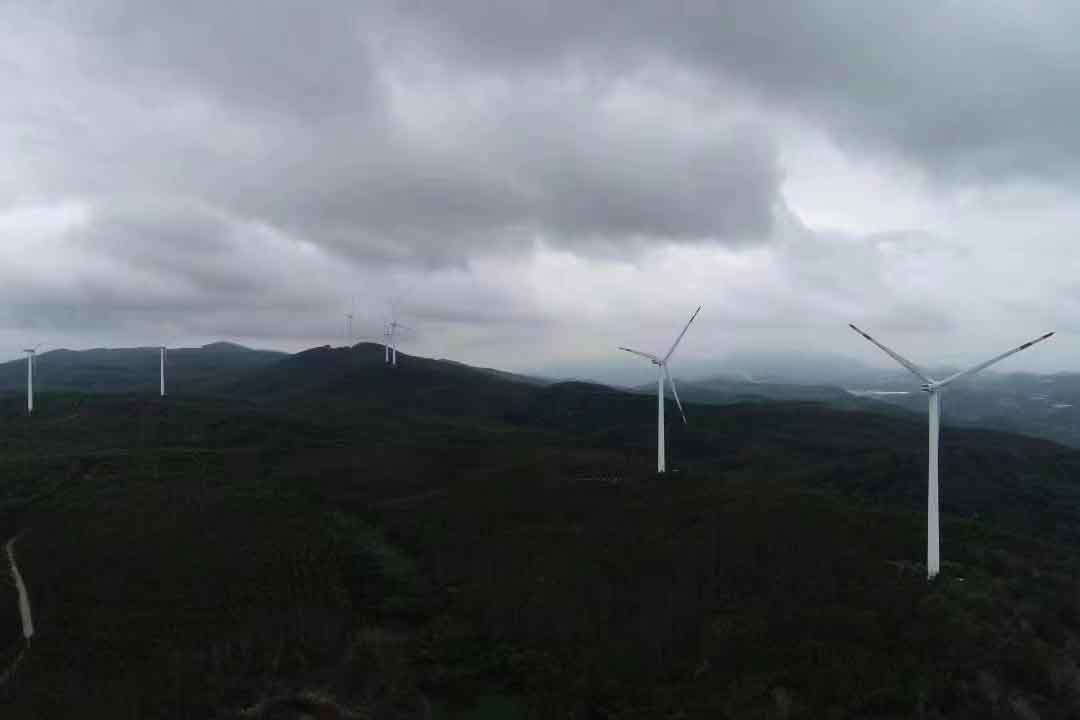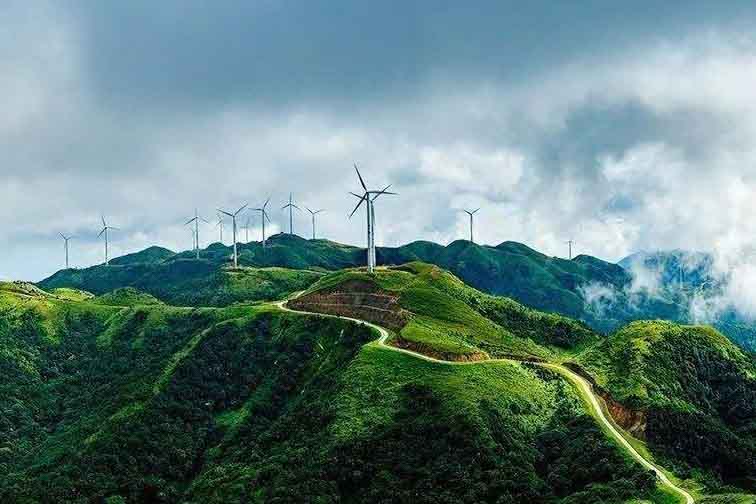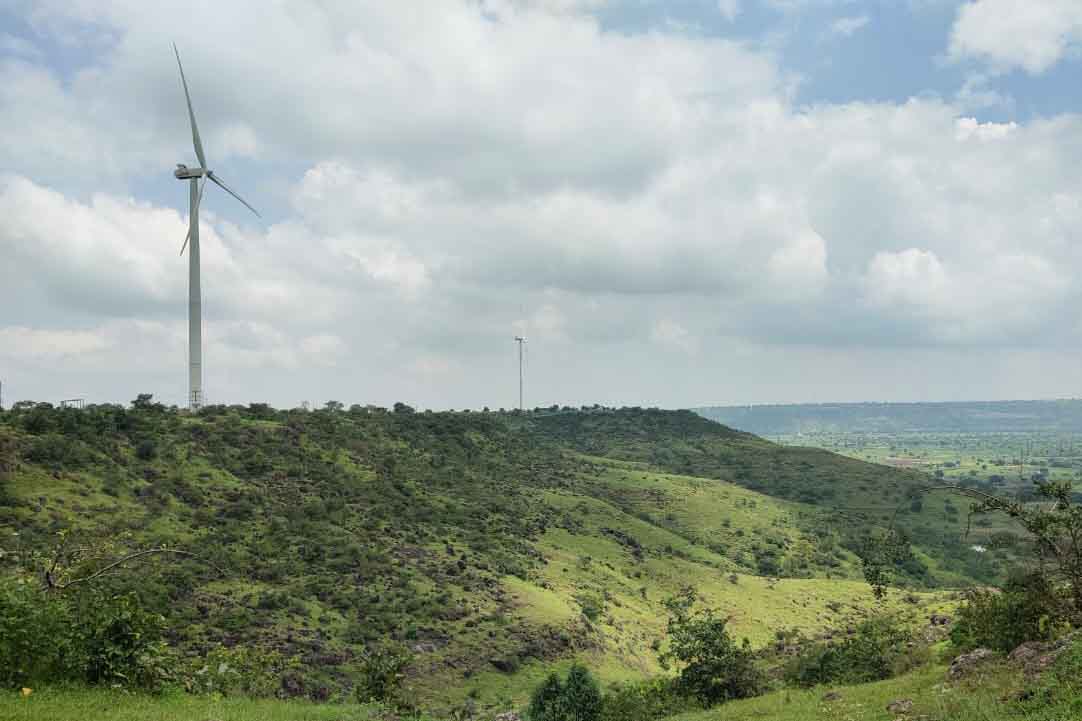Expansion of renewable energy generation in Asia
Interest and demand for renewable energies are growing on the Asian continent as well. Climate projects generate necessary resources to drive the expansion of sustainable technologies. This renewable energy portfolio supports projects in several countries across Asia. The following climate projects, which are certified in accordance with the Gold Standard or Verified Carbon Standard, were or are part of the portfolio:
- Wind energy projects in China, Indonesia, India, Sri Lanka and Turkey (#1132, #1149, #1296, #1260, #1310, #1328, #1340, #1366, #1427, #1470, #1481, #1500, #1152, #1194, #1254, #1335, #1346, #1354, #1386, #1443, #1502, #1525, #1595, #1077, #1085, #1487)
- Solar energy projects in India and China (#1037, #1189, #1232, #1265, #1391, #1081, #1390, #1429, #1447, #1638, #1327, #1472, #1471)
- Hydropower projects in Turkey, Sri Lanka and China (#1082, #1626, #1202)
- Biogas and biomass projects in India, China and Thailand (#1095, #1172, #1174, #1182, #1233, #1237, #1357)

One-third of greenhouse gas emissions comes from burning fossil fuels, such as coal and oil. This kind of energy generation is not only finite but has severe negative effects on the climate. To reduce CO2 emissions, mitigate the effects of climate change, and meet an ever-growing energy demand, it is essential to promote renewable energy sources.
The most popular sources of renewable energy are wind, solar, and hydropower. However, energy can also be harnessed from biogas and biomass plants using animal dung or organic residues. Another renewable source is geothermal energy, which is generated and stored in the earth. Climate projects play an important role in transferring and implementing these technologies worldwide. Project activities not only avoid CO2 emissions but can also reduce a country’s dependency on fossil fuels, secure the energy supply, and provide jobs for local people. Renewable energy projects in the ClimatePartner portfolio are registered with international standards.
Four criteria for projects to meet quality thresholds
The life cycle of a climate project
A climate project has a set life cycle consisting of various phases, from the feasibility assessment to the retirement of Verified Emission Reductions (VERs).The project developer reviews the general feasibility of the project, the project design, and the financing. Then, the Project Design Document (PDD) is prepared, which contains all the basic information about the project, such as the objective, location, timeline, and duration.
In this phase, independent auditors examine the PDD and the information it contains. This phase often also involves field visits with on-side interviews and analyses. Auditors are accredited, impartial assessors who have to be approved by the relevant standard as a validation and verification body (VVB). TÜV Nord/Süd, S&A Carbon LLC., and SCS Global Services are examples of VVBs."
Once validated, the project can be registered with a standard such as the Verified Carbon Standard or the Gold Standard. All high-quality climate projects are based on international standards. They provide the framework for project design, construction, carbon accounting, and monitoring. Recognised standards make the climate project system and the projects themselves resilient, traceable, and credible.
After the climate project has been registered, the monitoring begins. Here, the project developers monitor and document the data of the project activities and progress. The duration of the monitoring phase varies from project to project: it can cover two years, but documentation over five or seven years is also possible.
At the end of each monitoring phase, a VVB checks and assesses whether the values and project activities stated in the monitoring report are correct. As with validation, visits to the project site are often part of the verification process.
Once verified, the emission reductions that were confirmed in the verification phase can be issued as VERs. The steps of monitoring, verification, and issuance of VERs are repeated regularly and are therefore considered as a cycle.
Once a VER has been used, it must be retired. This process is also reflected in the registry. If the financing of a climate project is done through ClimatePartner, the VERs are bundled in a system certified by TÜV Austria and then retired on a regular basis. This ensures that each VER can no longer be sold and is only used once, preventing double counting.
Explore our projects
Biochar for Climate Action, Healthy Soils, and Better Harvests

A certified climate project combined with additional commitment

Ceramic water filters save CO2 and improve health

Improved cookstoves worldwide – for better health and cleaner air

A certified climate project combined with additional commitment

Powering access to renewable energy in Africa

A certified climate project combined with additional commitment

Restored ecosystems remove carbon

Turning degraded farmlands into healthy ecosystems

Improved cookstoves - better for health and the environment
































